The first 3 things you should do when designing with handmade yarn
I have always been the kind of knitter that will have to make little changes to any pattern to suit me. Be it a change in the collar or hem, or even the construction (I hate seaming, and will often knit the body in one piece). But I am finding when working with handmade yarns (both hand spun and/or hand dyed), that many patterns are not written to accommodate the unpredictabilities of yarn that is not commercially spun and even. But, I love the textures and subtle variegated colors of the fabric that hand made yarns yield. I have been doing a lot of study lately — creating sweaters, getting clear on what works and more importantly what doesn’t work. I am finding that there is working with handmade yarns requires a lot of improvisational solutions. This is driving my OCD/inner engineer nuts. Patterns become just a loose guideline. Heck, it has evolved into losing the pattern altogether, and beginning with an general idea of a style, a rough sketch, some measurements, a swatch, and a very open mind. I am pulling together my theories that I will share with you at the beginning of the new year. But to begin with here are some super important starting points.
1. Learn to be okay about ripping back your work. You are blazing a new path, and you are going to make mistakes. It is okay. It is all about learning from them and getting closer to the right answer the next time. I know how heartbreaking it is to have to rip back an whole day’s worth of knitting. Let it go. You love knitting because of the process, so try to think of it as getting to do a little more of what you love. And if you are using precious handmade yarn, you are going to need every inch, wasting none of it. Take a deep breath, make some tea, and smile. It is okay if you need to do it over.
2. Design only for yourself for now. The fastest path to developing a style, creating successful garment and getting clear on what makes your heart sing, is to design for yourself. Make your next absolutely favorite sweater/hat/shawl. When you create for yourself, you are not editing what you love to please someone else. When you do a lot of work you just love, a style begins to form as you get clear on what resonates with you.
3. Open yourself up to be inspired everywhere, and document it all. The two most valuable lessons I have learned about creativity is it is a flow, and it can be fleeting. Look for ways to incorporate creativity in everything you do be it your to do list, making dinner without a recipe, or what you chose to wear today. Living creatively, even if it is the tiniest steps, opens the flow of inspiration that will be much easier to access when you need it. I also keep an art journal which is a combination of idea sketchbook/personal journal/filofax. Sketchbook to hammer out my projects, journal where I doodle and paint things I have seen in my day or just random playing with art techniques. And my filofax which hold my calendar and to do list. I keep them in one book so I will know that I have it with me when inspiration hits me. I call it my paper brain. It helps me learn what my visual language looks like.
In my 30Day Art Journal Challenge, I share my secrets to keeping an art journal and incorporating creativity in your everyday. You get support and encouragement for incorporating your journal into your everyday along with ideas and art techniques to try. Join our community of creatives who are finding new inspiration to grow their art. Sign ups are happening now. Registration closes September 25th.

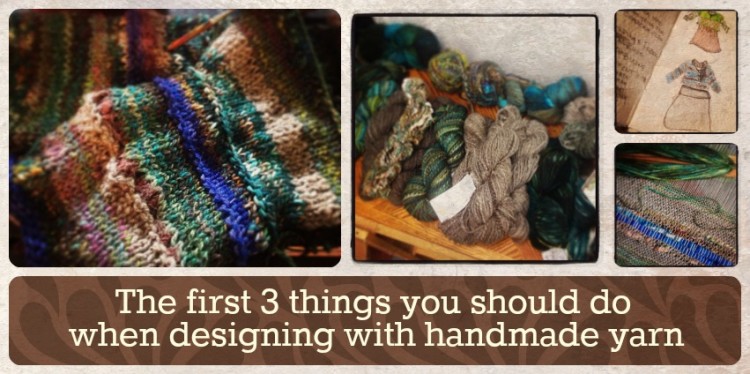
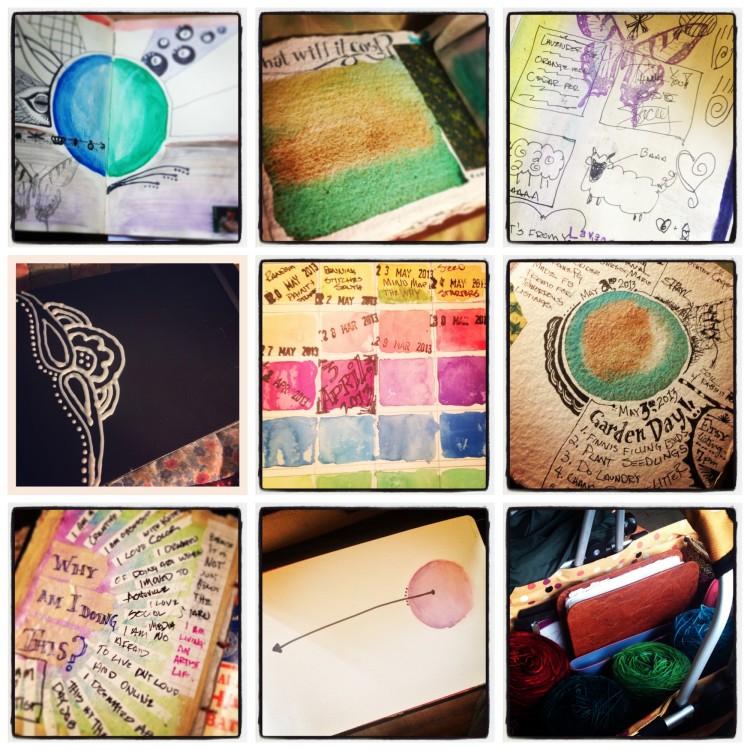
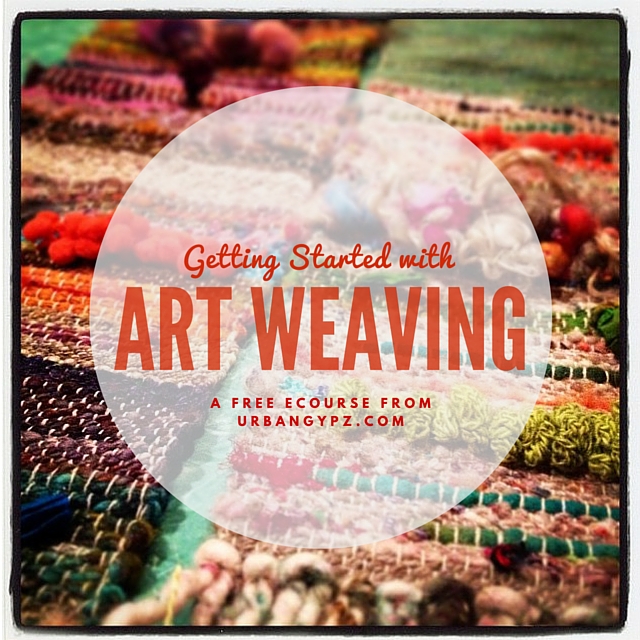
 Fiber artist Stacey Budge-Kamison AKA UrbanGypZ lives and works in Cary NC. She can also be found knitting in public, hammering out her latest e-course at local cafés and spinning yarns in her booth at her favorite arts festivals. A designer at heart, Stacey has decided that her mission is to help fellow knitters, crocheters, weavers and felters embrace their own style and creativity by exploring fiber art as it is a part of their everyday life and helping them embrace the title of artist no matter where they are in their journey.
Fiber artist Stacey Budge-Kamison AKA UrbanGypZ lives and works in Cary NC. She can also be found knitting in public, hammering out her latest e-course at local cafés and spinning yarns in her booth at her favorite arts festivals. A designer at heart, Stacey has decided that her mission is to help fellow knitters, crocheters, weavers and felters embrace their own style and creativity by exploring fiber art as it is a part of their everyday life and helping them embrace the title of artist no matter where they are in their journey. 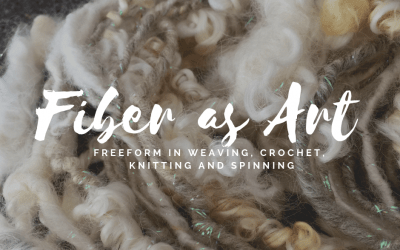
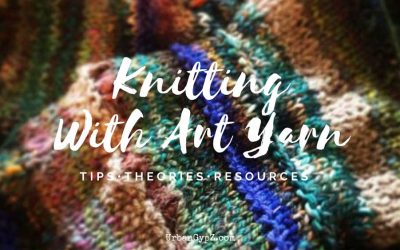
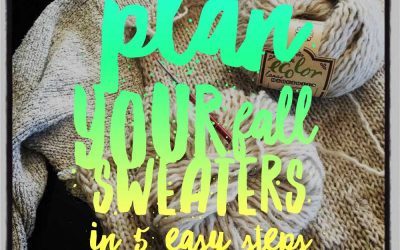
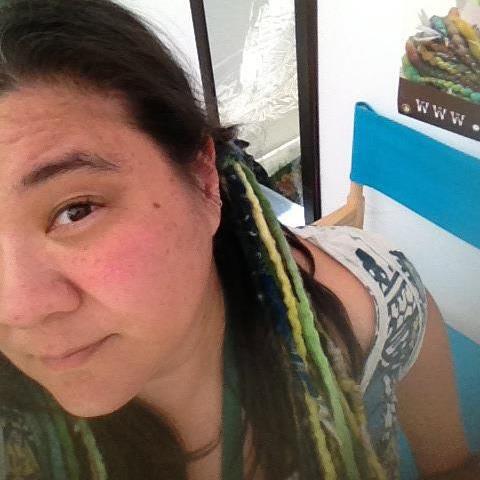

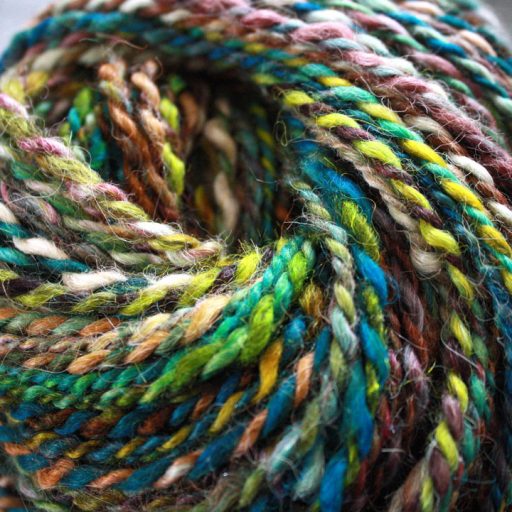


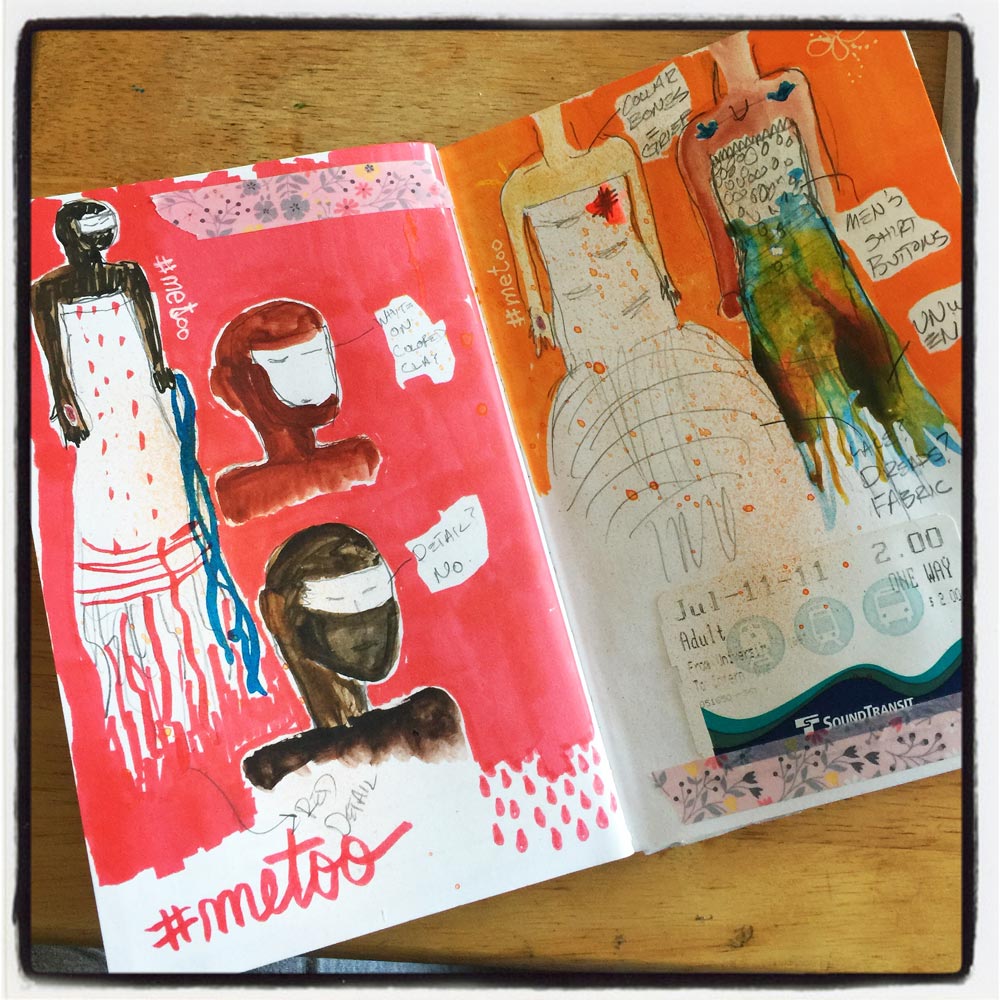
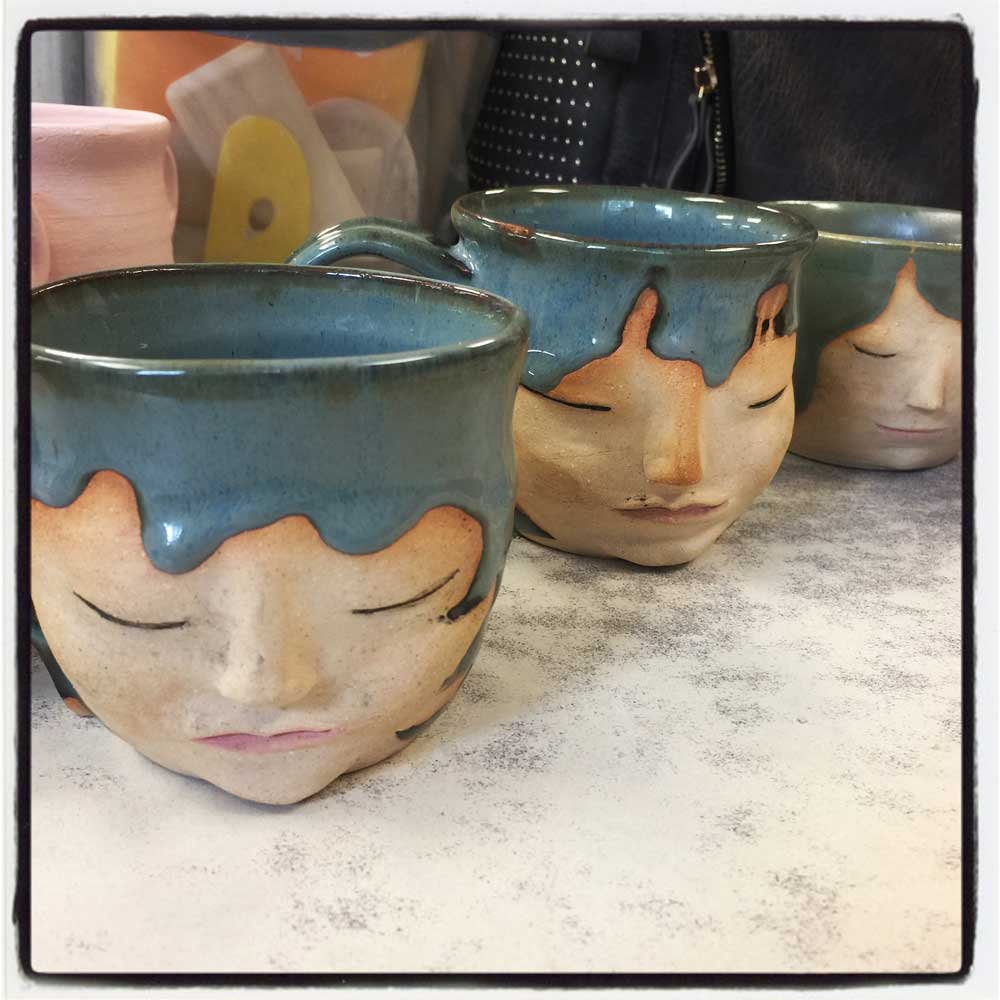
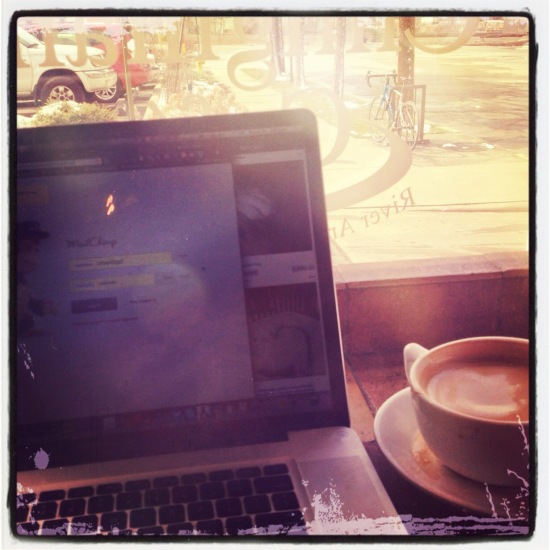
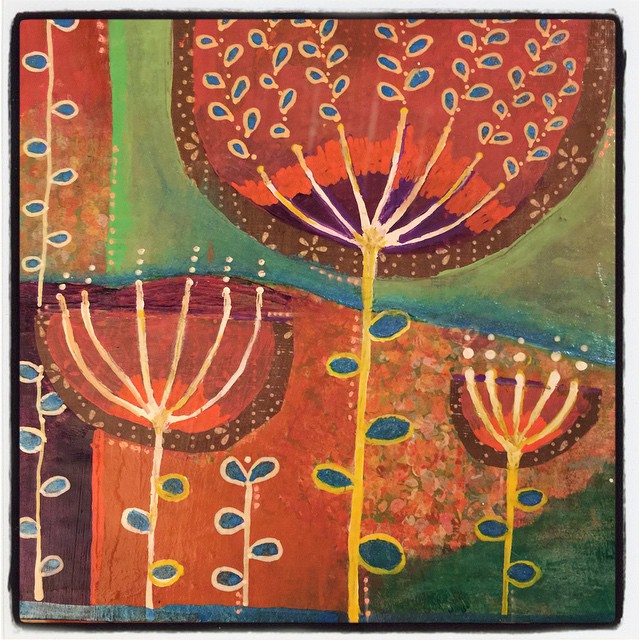

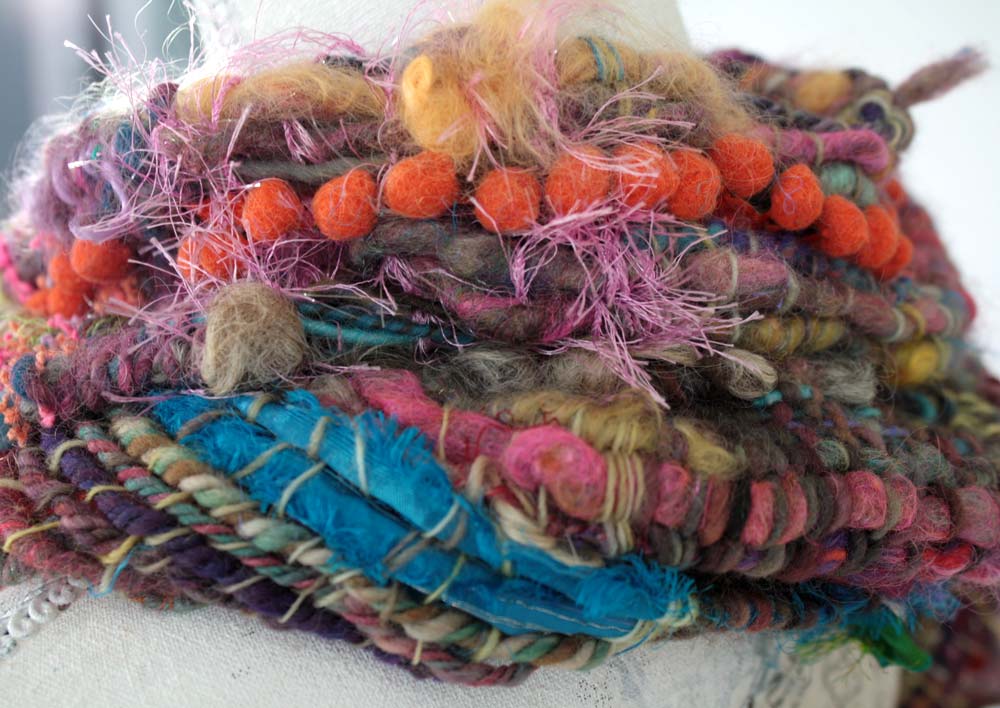
0 Comments